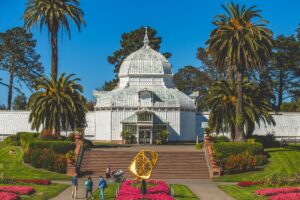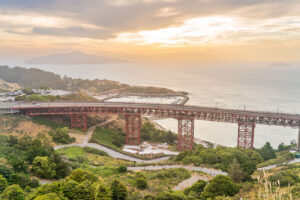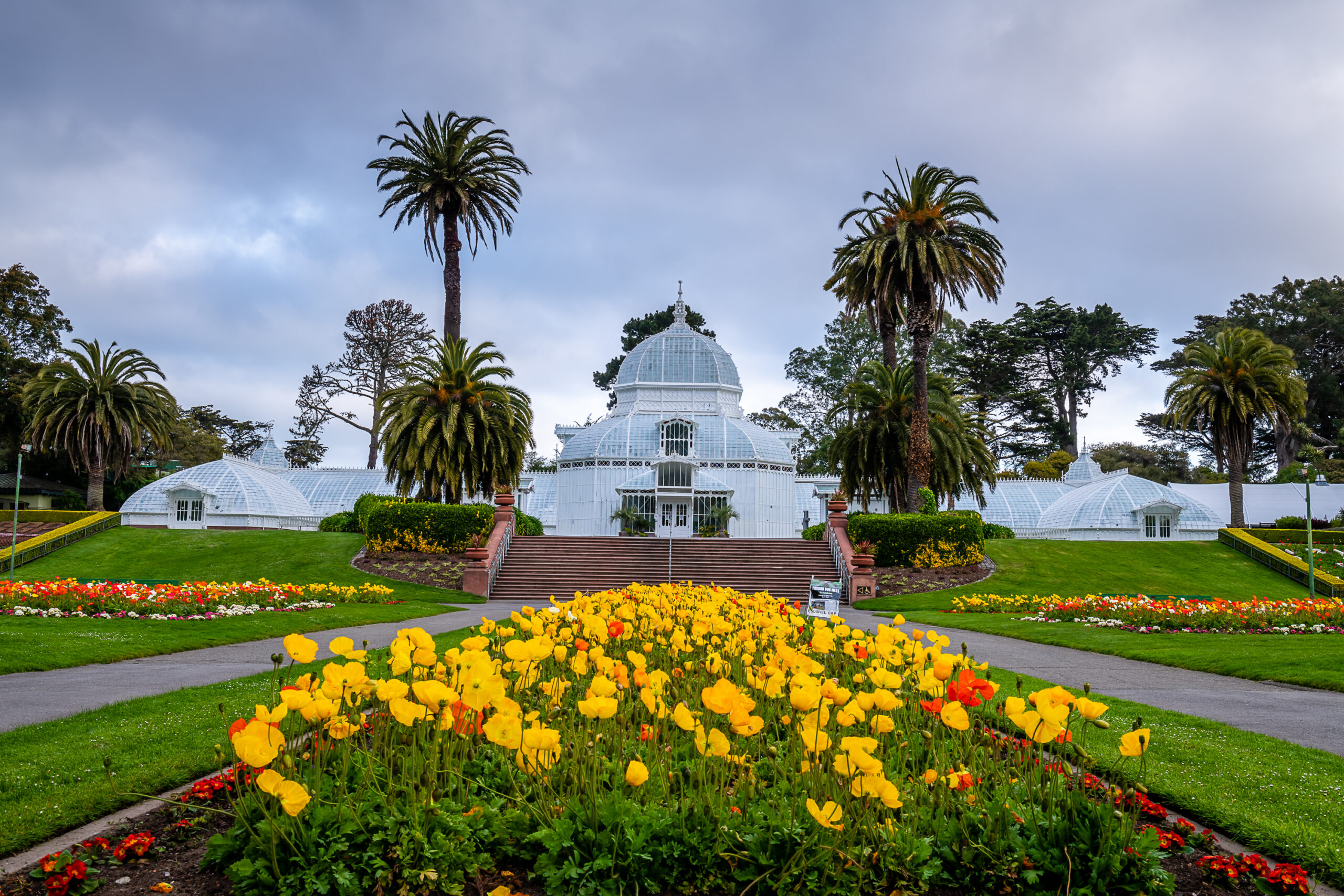Miles 16-20: NO DANCING in Golden Gate Park | Course Landmarks and Their History
The San Francisco Marathon course takes you on a counterclockwise 26.2 miles long tour along the Embarcadero of San Francisco, across the Golden Gate Bridge to Marin County, back to the Presidio and Golden Gate Park, to Haight Ashbury, the Mission, Potrero Hill, Dogpatch, and the finish line. We’ve introduced Mile 1 and The Embarcadero and Miles 2-15 and their respective sights, focusing mainly on the Golden Gate Bridge. Today, let’s learn about Golden Gate Park and its landmarks that’ll accompany you for roughly 4 miles.
Written by SFM Ambassador Scott Benbow
Edited by Pavlína Marek
Between Miles 15 and 16, you’ll begin another moderate ascent as you get closer to Golden Gate Park. The Marathon’s steepest hills are behind you, and you’ll be contending with a series of much more manageable hills for the next several miles.
Fortunately, after a quiet mile in the Richmond District, you’ll be running the next several miles in Golden Gate Park, which, for San Francisco runners, is a very popular destination. Established in 1871, the Park was developed on barren sand dunes that were considered uninhabitable. By planting more than 2 million trees and creating walking paths, lakes, and gardens, the city transformed the landscape into a habitat for wildlife and a place of recreation for people.

Blue heron next to Stow Lake in Golden Gate Park
The Marathon takes you around Blue Heron Lake (formerly Stow Lake), which consists of rolling hills and gorgeous views. Next, you will run along JFK Promenade, the eastern length of which is now entirely off-limits to automobiles every day of the year.
Public art is all around you, including the massive new “NO DANCING” sign, which has quickly become as iconic as it is ironic. At Mile 19, in the relatively flat eastern edge of the Park, you can see the architecturally magnificent, Victorian-era, Conservatory of Flowers.

Conservatory of Flowers in Golden Gate Park
Compared with the serenity of Golden Gate Park, the length of Haight Street is ordinarily filled with caffeine-fueled spectators and loud music. The kinetic energy is beneficial as the twenty early-morning miles behind you begin to take their toll.
I like to think of marathons as two 10-mile runs followed by a 10-kilometer run. Next up in this series will be the final 10K to the finish line.

The colorful Hight Street Market


